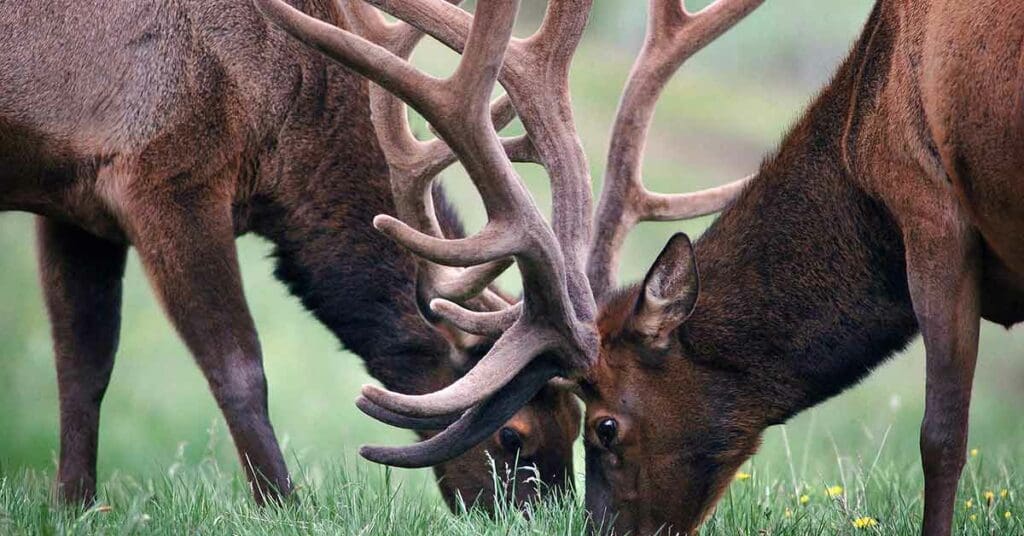It would seem inevitable that an increase in predators would lead to a decline in the prey they eat – and the chances of success for hunters.
But a new study shows that hasn’t happened with elk in Alberta over the past 26 years, despite an increase in the number of wolves, grizzly bears and cougars that prey on them.

Mark Boyce
“Elk hunters notoriously blame wolves or other large carnivores whenever they don’t get their elk. But the fact is, they are getting their elk – the hunter success has actually been increasing,” says Mark Boyce, a professor in the Department of Biological Sciences.
Elk have long been a popular target for hunters in Alberta. In 2021 alone, more than 45,000 hunters purchased licences to hunt resident elk. Boyce and his collaborators examined 26 years’ worth of data across all wildlife management units in Alberta to identify trends that could be relevant to conservation efforts.
“By analyzing these data, we know when something’s not going well. We can look for trends. We can look to see if we can explain patterns,” says Boyce. “We will do better at management the more data we have.”
 |
| Related Stories |
| The science behind what attracts and repels pesky mosquitoes
|
| Canada Jay is the best choice to be our national bird
|
| What to do when you see wildlife on urban trails |
All but one wildlife management zone saw an increase in the elk population as well as an increase in hunter success, despite differences in geography and hunting conditions in each zone. The only area that saw a decline was Zone 4, in the mountainous part of Alberta, linked to the fact that grizzly bears are no longer hunted there.
Boyce says these results indicate that current conservation measures are working.
“It was really reassuring because we know that we are sustainably managing these populations,” he notes. “Reproduction is keeping up with the harvest, so we can do this indefinitely as long as nothing changes.”
Boyce says analyzing harvest data is a safer and much more cost-effective method for monitoring wildlife populations than aerial monitoring, the current standard for monitoring elk populations. Additionally, while aerial monitoring is typically done about once every 10 years, harvest data are obtained annually, providing more information to guide conservation efforts by wildlife agencies.
Boyce also explains that although nearly 80 per cent of wildlife agencies in the United States and Canada already collect harvest data, they often are not using this information adequately. Working with agencies, researchers can analyze and understand this wealth of information and determine how it can inform conservation efforts and wildlife management.
Boyce and several collaborators are looking more deeply into predator-prey interactions to gain insight into the seemingly contradictory pattern of simultaneously increasing predator and prey populations. There’s basic ecological theory, he says, that “if harvesting both the predator and the prey, that results in a shift in favour of the prey, meaning more elk and fewer predators like wolves and cougars.”
| By Adrianna MacPherson
Adrianna MacPherson is a reporter with the University of Alberta’s Folio online magazine. The University of Alberta is a Troy Media Editorial Content Provider Partner.
The opinions expressed by our columnists and contributors are theirs alone and do not inherently or expressly reflect the views of our publication.
© Troy Media
Troy Media is an editorial content provider to media outlets and its own hosted community news outlets across Canada.

